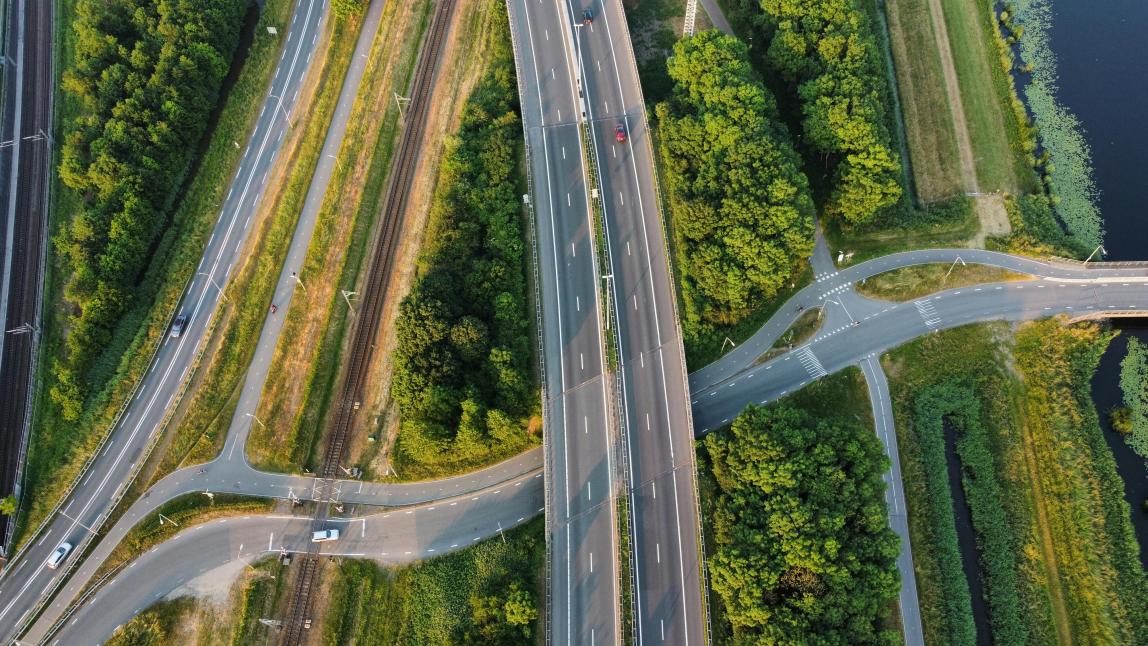
Road safety on N-roads in the Breda region
10/22/2025 - 15:23
N-roads pose a significant safety problem in the Netherlands. Although these provincial roads make up only 6% of the total road network, they account for approximately one in five road fatalities. The total number of fatal road casualties in the Netherlands fluctuates around 680 per year. N-roads have gained a reputation as dangerous 'death roads'.